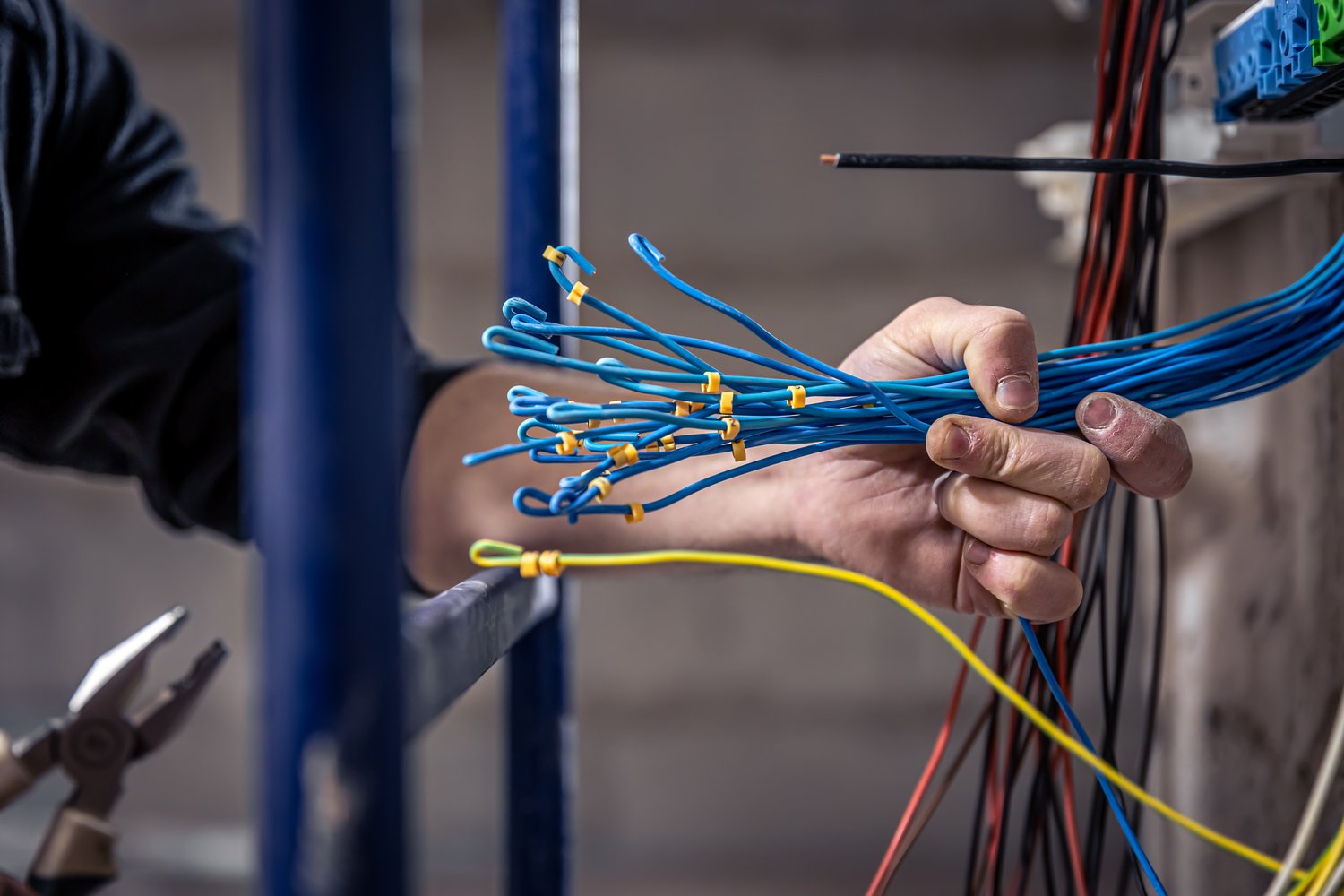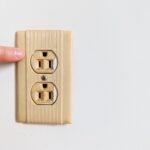Choosing the right electrical wire gauge might seem like a small detail, but it’s a crucial aspect of home circuit safety and efficiency. Mistakes in wire sizing can lead to unnecessary energy loss, potential hazards, or even electrical fires. Understanding this aspect of your home’s electrical system can make a substantial difference in both function and safety.
- Discover why the right wire gauge is vital for maintaining safety, energy efficiency, and preventing potential electrical fires in home circuits.
- Learn about the significant factors that dictate wire gauge selection, such as circuit load and environmental conditions.
- Explore guidelines and standards, including NEC codes, for determining the correct wire gauge for different circuit types in your home.
By diving into this article, you’ll gain essential insights into how proper wire gauge selection not only ensures safety but also promotes efficient energy use in your home. Whether you’re a homeowner tackling a DIY project or considering professional help, understanding these principles is key to achieving reliable electrical systems.
Importance of Electrical Wire Gauge Selection: Proper Sizing for Home Circuits
Selecting the correct electrical wire gauge for home circuits is a critical component of designing a safe and efficient electrical system. Proper sizing ensures that the wires can handle the electrical load without overheating, which can prevent potential hazards such as electrical fires.
One of the primary reasons for choosing the right wire gauge is safety. Undersized wires can become excessively hot, leading to insulation melting and increasing the risk of short circuits and fires. In contrast, using a wire gauge that is too large for the intended load can lead to unnecessary material costs and installation difficulties.
Energy efficiency is another crucial aspect influenced by wire gauge selection. An appropriately sized wire minimizes energy loss due to resistance, thereby enhancing the overall efficiency of the electrical system. This not only saves on energy costs but also promotes environmental sustainability by reducing the carbon footprint of the household.
Moreover, adherence to standards and recommendations, such as those outlined by the National Electrical Code (NEC), is essential. These guidelines provide detailed specifications for wire gauge selection, ensuring that installations comply with safety regulations and are reliable for long-term use.
To summarize, the importance of proper wire gauge selection extends beyond functionality. It is fundamental to maintaining safety, improving energy efficiency, and ensuring the longevity of home electrical systems.
Factors Influencing Electrical Wire Gauge Selection
Several key factors must be considered when selecting the appropriate wire gauge for any home circuit, ensuring optimal performance and safety.
Circuit Load: The total electrical load that the circuit is expected to carry will directly determine the wire gauge size. A circuit with higher current requirements will need a thicker wire to safely accommodate the load without overheating.
Distance: The distance from the power source to the outlet or device affects wire gauge selection. Longer distances can cause voltage drops, which necessitate the use of larger wire gauges to maintain adequate voltage levels and prevent performance issues.
Environmental Considerations: Conditions such as temperature, humidity, and potential exposure to chemicals can affect wire performance. For instance, wires that will be installed in high-temperature environments may require a larger gauge or special insulation to withstand the heat.
Understanding these factors is essential for determining the appropriate wire gauge, ensuring not only compliance with safety standards but also the overall efficacy and durability of the home electrical system.
Guidelines for Electrical Wire Gauge Selection: Proper Sizing for Home Circuits
When selecting the appropriate wire gauge for home circuits, adhering to established guidelines and standards is crucial for ensuring both safety and efficiency. This process involves understanding the basic principles outlined in the National Electrical Code (NEC), which serves as the benchmark for wire size selection in the United States. The NEC provides invaluable direction on sizing based on factors such as circuit type, amperage, and load.
For most home circuits, the wire gauge is determined by the current, measured in amperes, that will flow through the circuit. The NEC suggests that general lighting circuits often require a minimum of 14-gauge wire with a 15-amp breaker. For more demanding circuits, such as those for large appliances like dishwashers or air conditioners, 12-gauge or even 10-gauge wires might be necessary to handle higher loads safely.
It’s essential to account for the distance between the source and the load. Voltage drop can become significant over longer distances, necessitating a larger wire gauge to sustain efficiency and maintain electrical performance. According to many electrical standards, the rule of thumb is that voltage drop should not exceed 3% for maximum efficiency.
Understanding the specific requirements of different circuit types can also influence wire gauge selection. For instance, motor-driven appliances may require a different gauge due to their unique start-up power surges. Referencing the NEC alongside appliance-specific guidelines helps to avoid incorrect sizing.
In practice, identifying the correct wire gauge also involves careful measurement and knowledge of the existing electrical infrastructure. It’s recommended that homeowners consult with a licensed electrician, especially for more complex installations, to comply with all local regulations and ensure proper functionality.
Proper planning and following NEC standards not only enhance safety but also optimize performance, ensuring that the home’s electrical systems remain reliable and efficient. Always prioritize safety by double-checking guidelines, and seek professional advice for installations beyond a DIY enthusiast’s experience level.
Frequently Asked Questions about Electrical Wire Gauge Selection
What is wire gauge?
Wire gauge refers to the thickness of an electrical wire, measured in terms of its diameter.
Why is wire gauge important in home circuits?
Correct wire gauge ensures safety, efficiency, and prevents overload-related fires.
How do I determine the right wire gauge for my circuit?
Consider the circuit load, distance, and environment; consult NEC codes.
What are the risks of using the wrong wire gauge?
Excessive heat, inefficient operation, or fire hazards may arise if an incorrect wire gauge is used.
What gauge wire is often used for general home outlets?
12-gauge or 14-gauge wire is commonly used for typical home outlets.
Can I use a thicker wire than necessary?
Yes, but it may be more costly and harder to handle without additional benefit.
Who should I consult for complex electrical projects?
Consult a licensed electrician to ensure compliance with safety standards.





